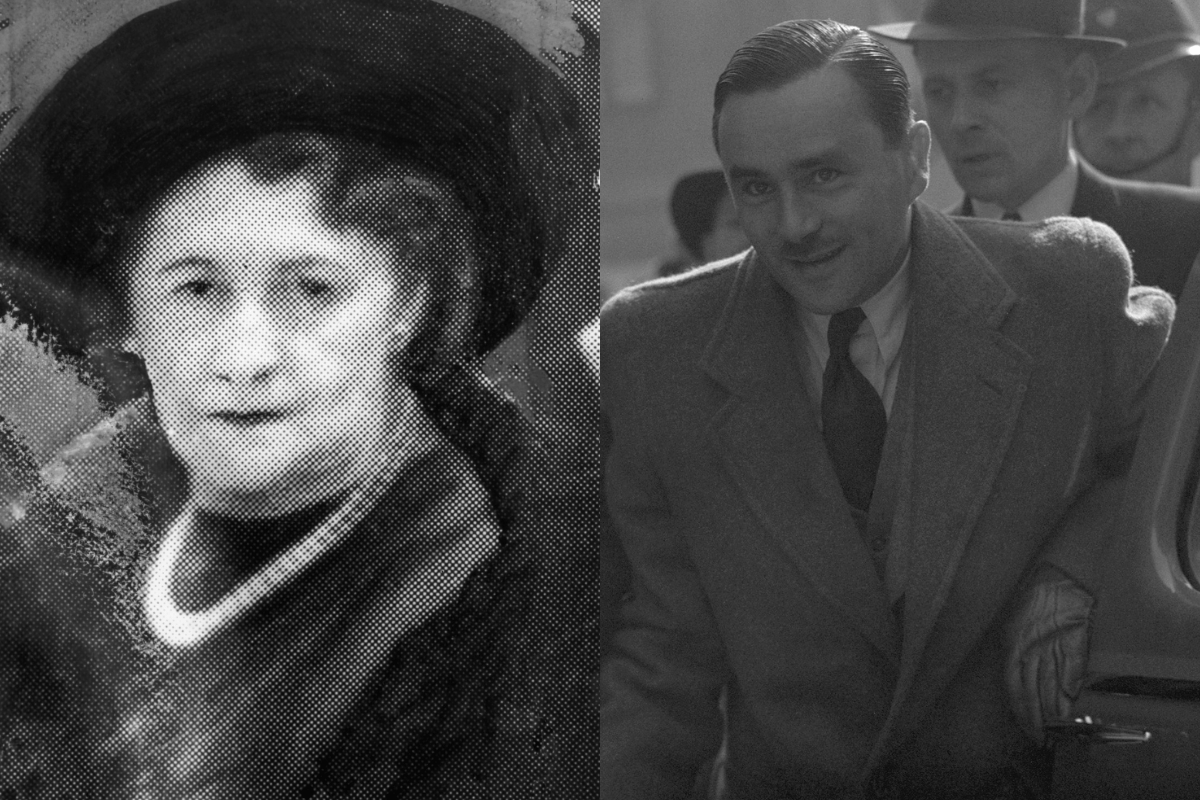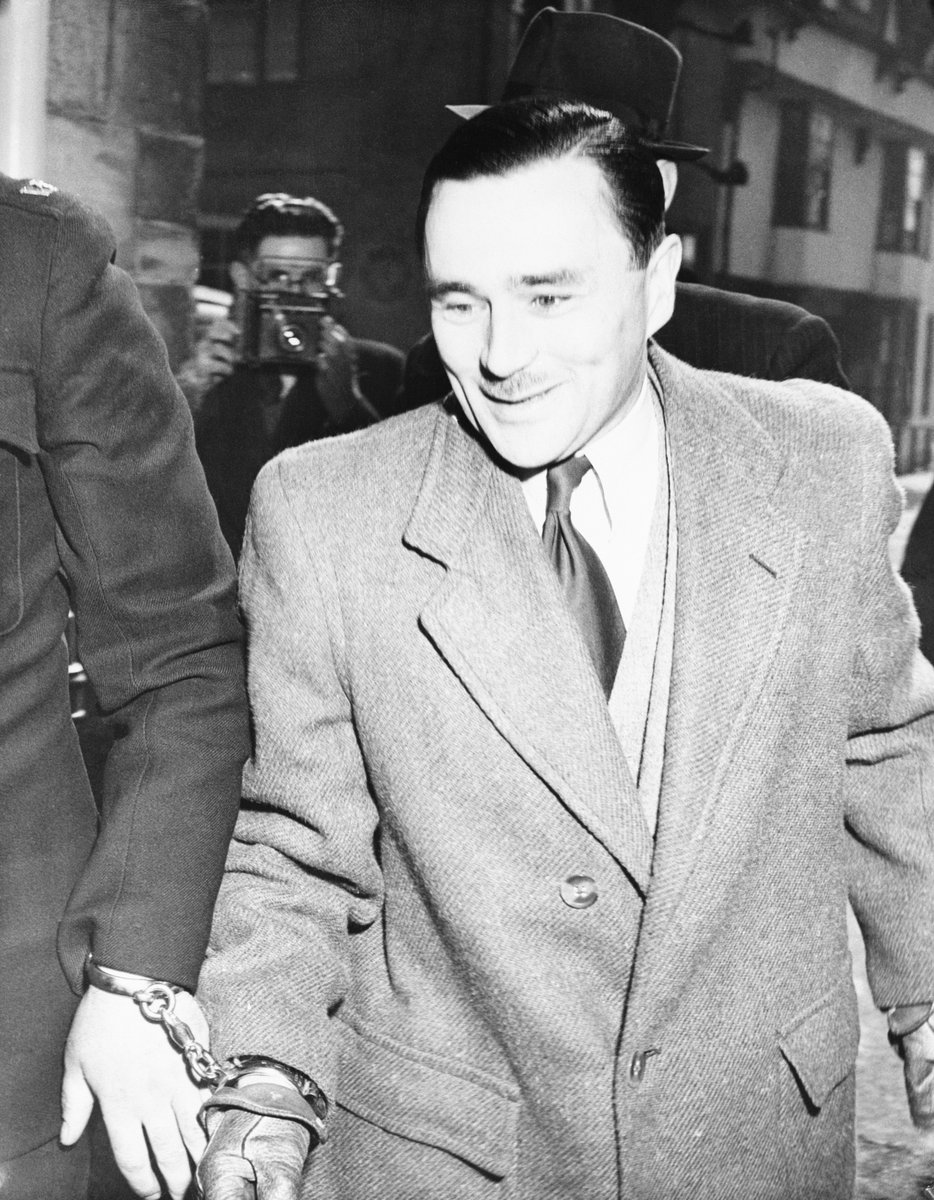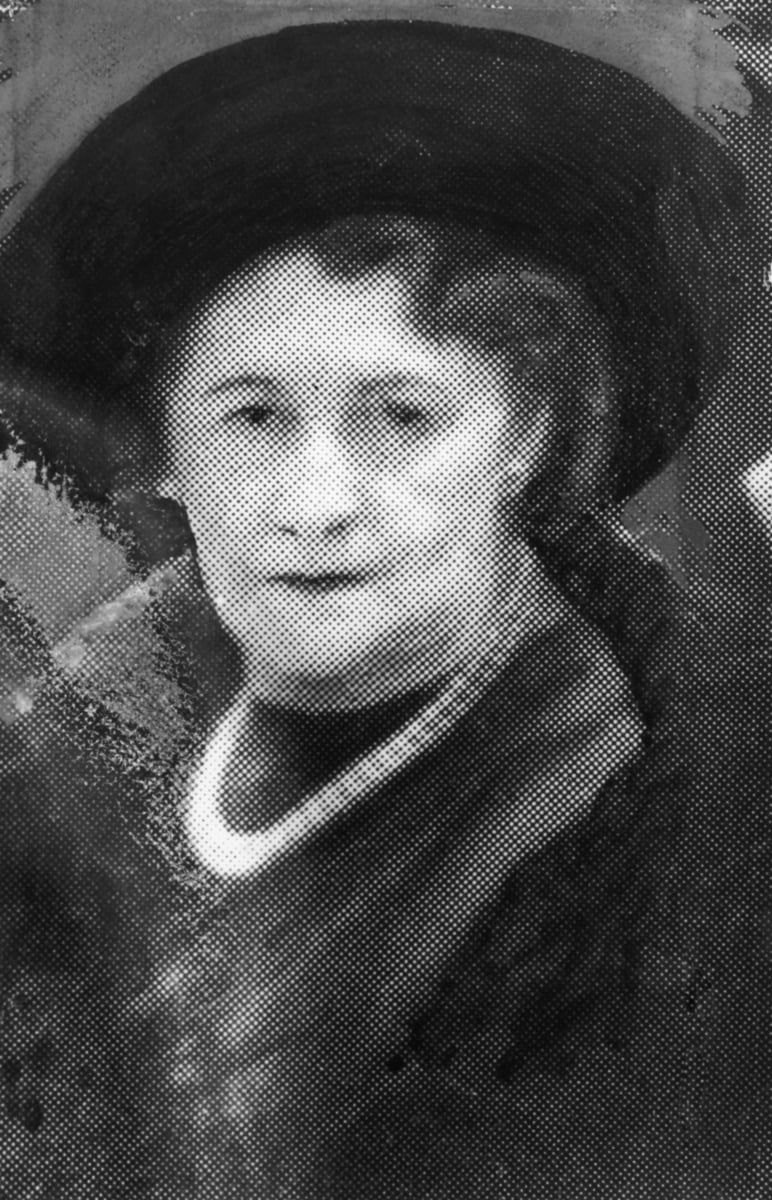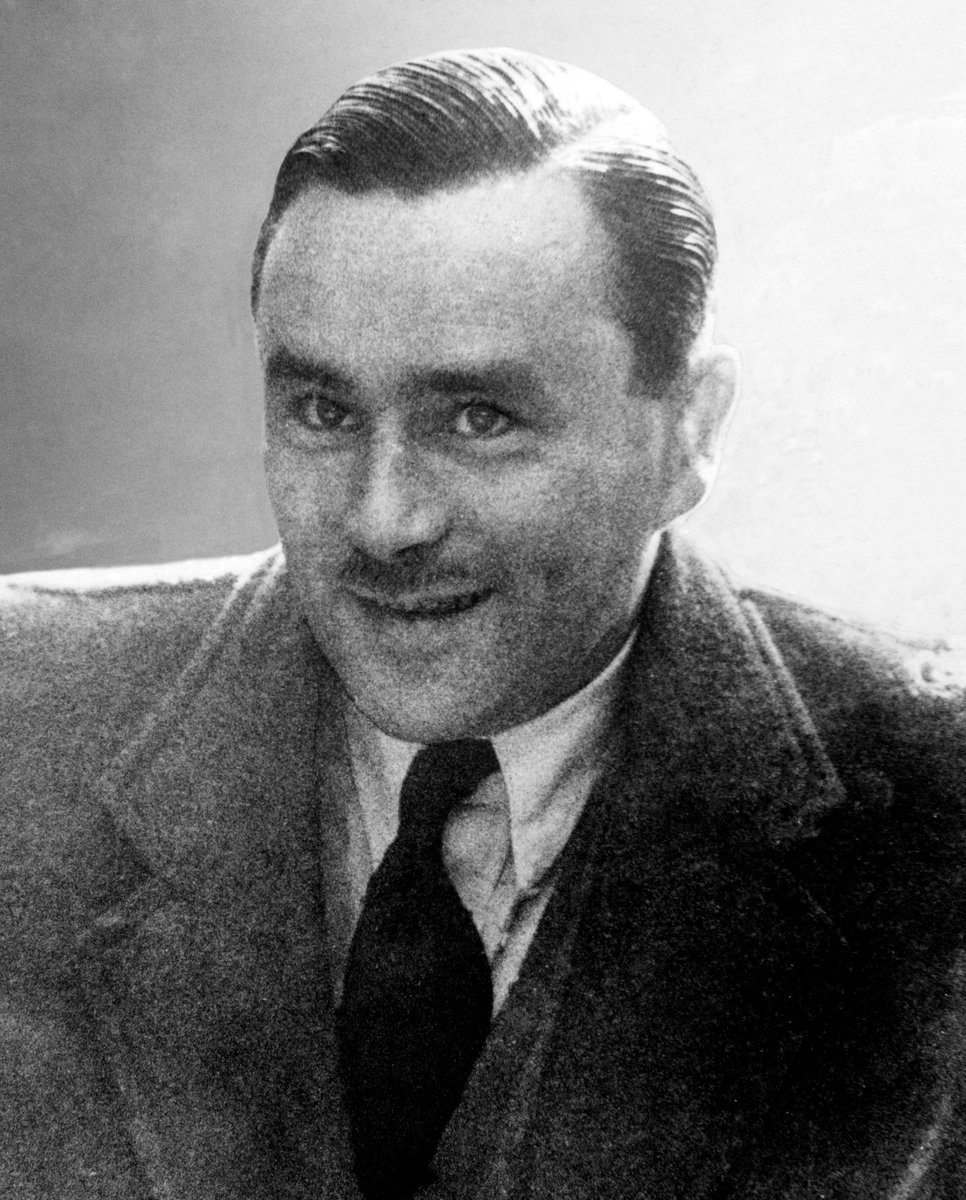
On a chilly February day in 1949, a meticulously dressed, charming British man named John Haigh walked into a London police station with a concerned female friend to report a missing woman.
Little did the officers know they were about to uncover one of Britain's most horrific serial killers — a man who believed dissolving his victims in acid would make him untouchable by the law.
A high-society London gentleman turned serial killer.
 Dressed in expensive suits, Haigh posed as one of the city's distinguished gentlemen. Image: Getty
Dressed in expensive suits, Haigh posed as one of the city's distinguished gentlemen. Image: Getty
John George Haigh looked nothing like what you'd imagine a serial killer to be.
































































































